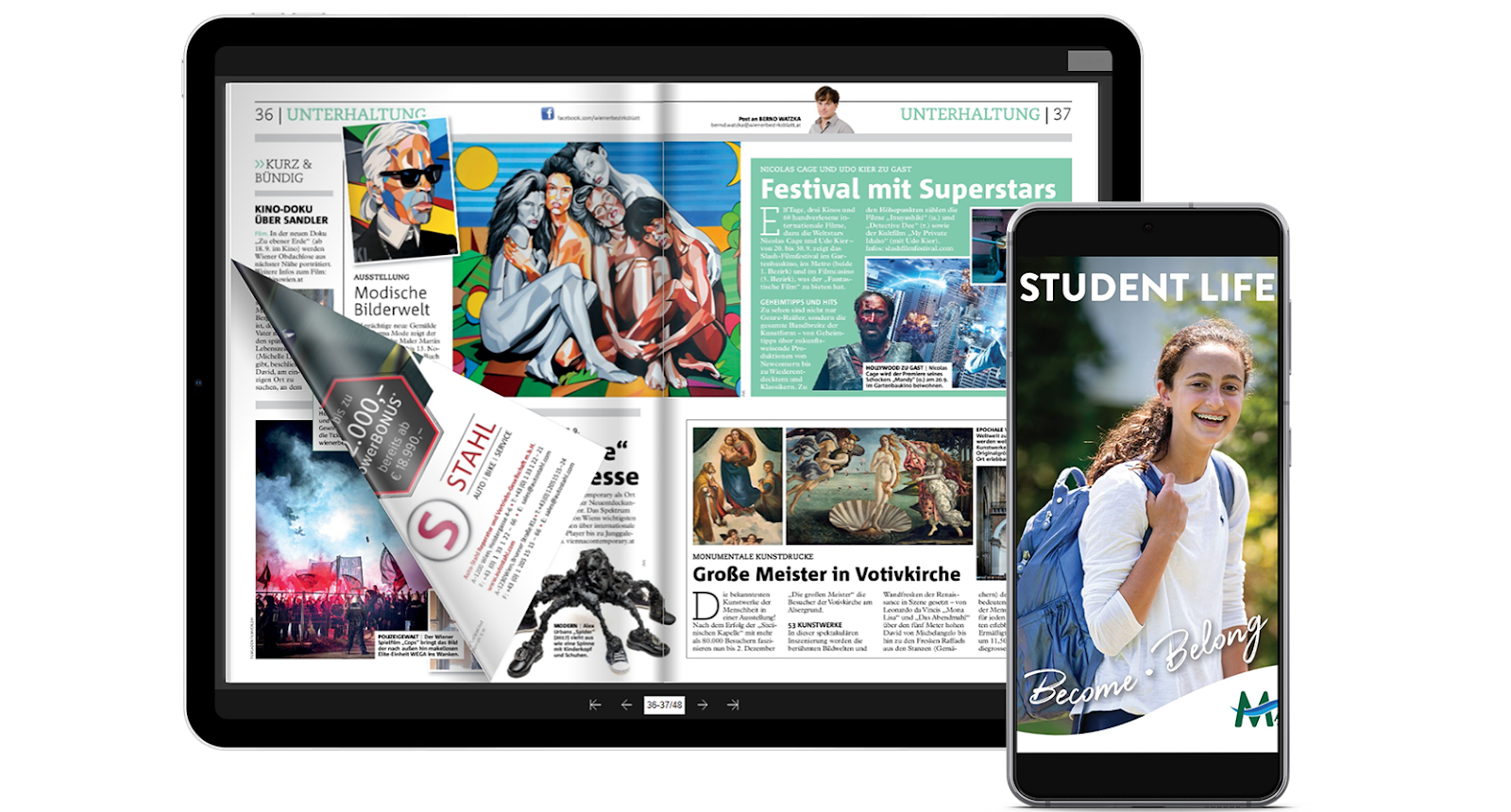Bringing Pyramids to the Classroom- Innovative Aid on Egyptian Civilization
An innovative aid refers to a new or unconventional tool, resource, or method that enhances the learning experience, making it more engaging, effective, and accessible. In the context of education, innovative aids can include:
1. Technology-based tools: software, apps, virtual reality, augmented reality, etc.
2. Multimedia resources: videos, podcasts, interactive simulations, etc.
3. Hands-on materials: manipulatives, makerspaces, DIY kits, etc.
4. Collaborative platforms: online forums, social media groups, etc.
5. Gamification elements: puzzles, quizzes, games, etc.
6. Real-world connections: case studies, field trips, guest speakers, etc.
7. Adaptive learning systems: AI-powered tools, personalized learning platforms, etc.
Innovative aids aim to:
- Increase student engagement and motivation
- Improve understanding and retention of complex concepts
- Facilitate personalized learning
- Enhance accessibility and inclusivity
- Support diverse learning styles and abilities
By incorporating innovative aids into teaching practices, educators can create a more dynamic, interactive, and effective learning environment.
As part of the Second Phase Teaching Practise, a teacher trainee is expected to create an innovative aid on any part of the chapter, and upload the report on the blog.
The content of the topic was to
teach the Egyptian Civilization.This was part of the history chapter- The River Valley Civilisations, in class VIII social science text book.
Advantages of this model :

3. An active model of Mummy inside
Through the model, I wanted the students to imagine and experience the feel of Pyramids. It will be easier for them to recall and remember the parts and have an experiential learning with the use of a model. They could also study and analyse the parts of the Egyptian Civilisation better with the help of the model.
Since it is a movable model/working model, students also showed the factory of wow, or unexpectedness through the aid. Students were not expecting to see the Pyramids open, which made them interested in the topic suddenly.
I took the class on Friday, 28th of June, 2024, at the VIII C of Government Girls Higher Secondary school, Peroorkada. Students showed an engaging and positive response to the aid. The objectives with which the aid was created was met during the presentation. Combined with the presentation on the chart, students were eager to know more and kept asking doubts about the portion. The aid was substantially with other aids such as an Egyptian Sundial working model and charts.backed
Overall, I felt much confident in the aid I could present and that the content has been successfully transmitted to the students.
Video of the innovative aid :
.jpeg)
.jpeg)


.jpeg)

.jpeg)

